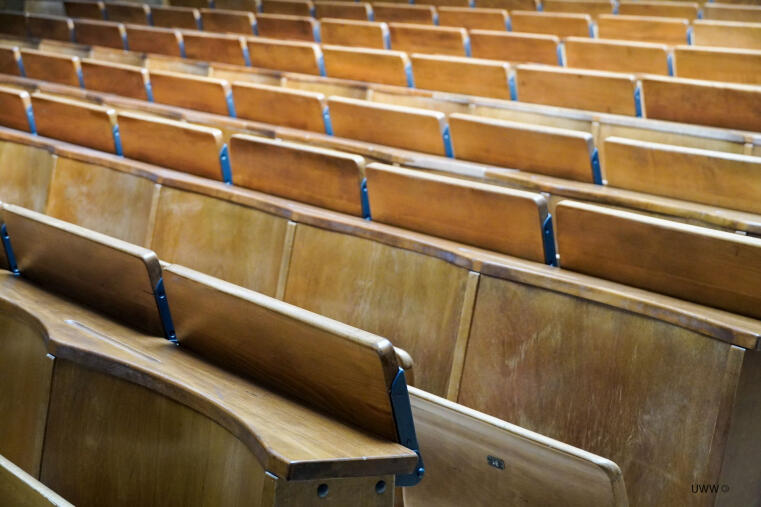18.11.2021 Dr. Andreas Bauswein, GSI
From quarks to black holes: micro- and macrophysics of neutron star mergers
Neutron stars are the densest stellar objects with densities exceeding those in atomic nuclei. Consequently, the collision of two neutron stars creates very extreme conditions and leads to a variety of different highly energetic and potentially observable phenomena: electromagnetic radiation from radio to gamma wavelengths, neutrinos and gravitational waves. Since the first unambiguous observation of a neutron star merger in 2017, a few more events have been detected, and increased instrumental sensitivity promises many more measurements in the future.
We will provide an overview on which fundamental questions can be addressed by studying neutron star mergers. This includes the formation of black holes or the synthesis of heavy elements in the explosive outflows from these events. Moreover, mergers provide information on the properties of high-density matter including the prospect to identify the presence of a possible phase of deconfined quark matter in neutron stars.
Vortragsankündigung

